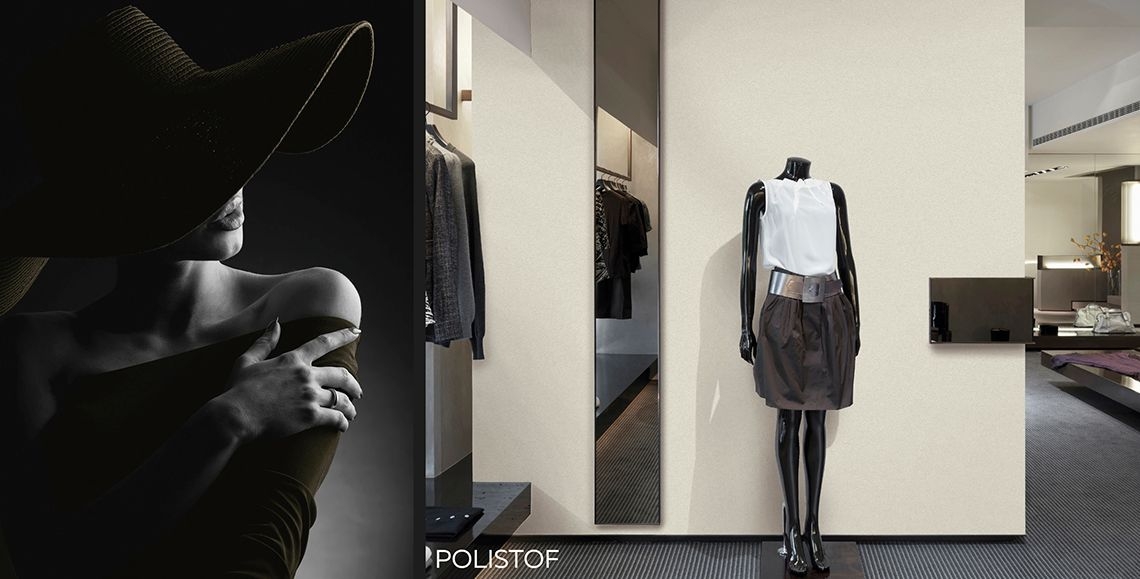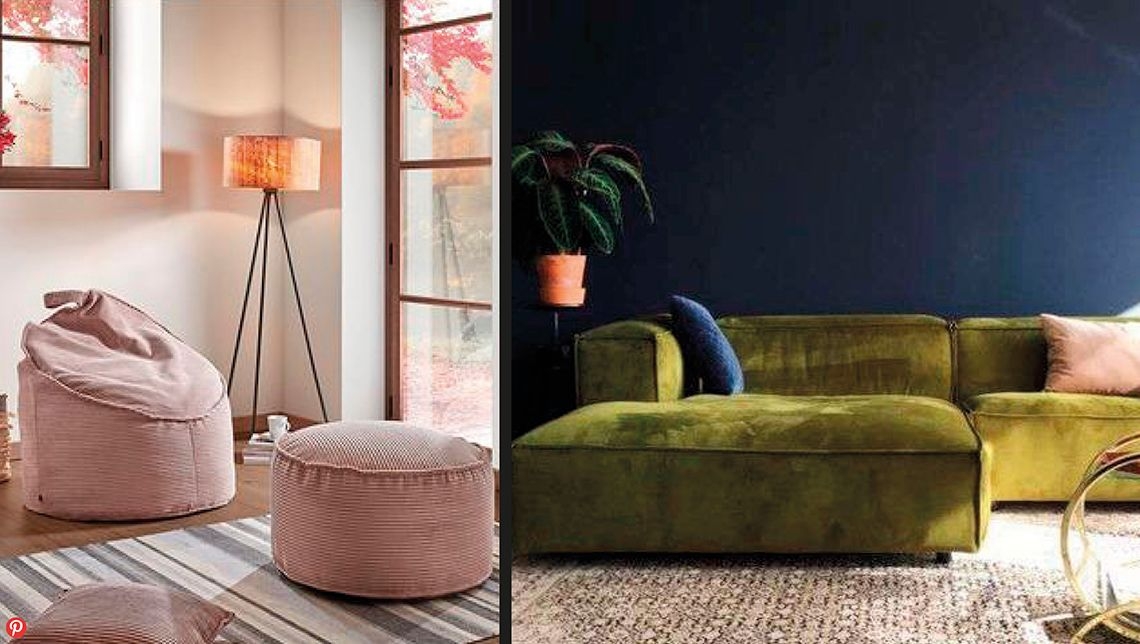What do we mean by “decorative”?
According to the dictionary, “decorative” refers to something “used to decorate, or adorn”, be it a decorative element or a decorative paint.
In particular, on the relation between painted decoration and painting, Carlo Govoni writes:
“Painted decoration and painting are practically identical concepts technically speaking, but very different in terms of their final outcome.
Painted decoration involves an intervention aimed at embellishing an object or a fabric or a building. A decorator possesses excellent technique as his work must observe aesthetic criteria (it must be ornamental) and must also be enduring. In certain cases it must also be easily reproducible.
Painting refers to an activity quite similar to decoration from a technical perspective, but that differs for its representational, creative, expressive and aesthetic dimension. To qualify as such, painting must represent a certain reality. Several rules have been defined for attaining a representational quality, such as proportions, light, the theory of shades, perspective, etc. These rules resemble the syntactic and grammar rules applied by a writer. Painting, therefore, is a language with universal rules valid throughout the world and which everybody can understand. Painting must be creative and expressive, in the sense that – like a writer engaged in writing a novel – the painter must have a message to communicate and must convey it to the observer”.
But “decorative” means a lot more than this. The term also refers to people who adorn their environment and make it more prestigious, thanks to their importance or pleasant appearance, regardless of their function or the intrinsic value of their role.
Conceptually, these terms (“decorate”, “embellish”, “adorn”) basically imply the aesthetic dimension which an object, setting or even people possess. If, therefore, the decoration of surfaces or objects has aesthetic connotations but also adds visibility to people and their clothing, we can safely say that decorative paints are the clothes of our environments.
People wear clothes to enhance and convey their personality, to hide minor defects or to emphasize beauty. Come to think of it, we apply the same concept when we decorate a surface. Coating a surface resembles a tailor’s job: we dress the wall with a new garment and give it a different character.
In the same way that colours, textures and material consistency distinguish garments from one another in the fashion industry, decorative paints are distinguished by their different characteristics which make each interior design project unique.

Special paints for interiors: how to create a perfect industrial style
When we speak of the urban style, whether metropolitan or industrial, our mind goes to old factories that have been reconverted into residences in which large spaces play a fundamental role and in which materials define their character.
In this case, the “garments” that best embody this concept are tangible materials which convey a sense of solidity and a static quality: cement, iron and decorative wall paints are the core elements of this approach, which has been dominating contemporary design in recent years.
Ever attentive to trends, VALPAINT proposes for this design approach a broad range of decorative paints for interiors that satisfy these requirements through their nuances, textures and material consistency.
1) Cement-effect decorative paints
Cements, which for VALPAINT include products of the METEORE 10 collection in the METEORE 10 CEMENTO, METEORE 10 MARMORIZZATO and METEORE 10 INTONACO versions, are finishing decorations and therefore have a thickness – across the various variants – capable of reproducing all the typical textures of cement products.
For more in-depth information also read: “Cement-effect wall paint: how to create interior-design solutions with an industrial style”.
2) Metal-effect decorative paints
VALPAINT proposes a series of solutions also for metals, consisting in the KLONDIKE collection featuring finishes that replicate, in terms of colour and texture, the metal materials typically associated with the industrial style:
• KLONDIKE and KLONDIKE LIGHT, decorative paints for interior walls that enhance the colours and textures typically associated with metals
• KLONDIKE FERRO which, thanks to its oxidation with water-based reactants, reproduces the colours and patterns of rusted iron
• KLONDIKE CORTEN, a decorative paint producing a rusted-iron aesthetic effect with the added property of being suitable also for outdoor surfaces
Need more information? Find out more by reading “Rusty metal-effect paint: even iron is cool with KLONDIKE”.
Special-effects wall paint: rediscovering fabric
The relation between clothing and interior design is enhanced by VALPAINT thanks to a series of decorative paints that convey the idea of fabrics owing to their texture and tactile impression.
The rediscovery of velvet in both the fashion and interior design fields is the most emblematic event in this regard. In recent years, the use of fabrics – particularly velvet and all its variants – has been defining elegant, refined and sophisticated environments in interior architecture. The colour contrasts, together with the rediscovery of “noble” materials such as brass, bronze and gold, embody an elegant and refined style together with velvet.
VALPAINT offers highly interesting solutions with a series of products offering a texture and tactile consistency very similar to fabrics, thanks to their design.

VALPAINT VALRENNA: the velvet-effect paint
VALRENNA is a decorative paint for interiors with a pronounced tactile quality that very closely resembles the feel of velvet and suede, thanks to its softness. The finishing touches are provided by the nuances chosen for this product, which are highly attuned to current trends.
VALPAINT VALSETIN: the silk-effect paint
Other VALPAINT decorative paints that reproduce the fabric effect include VALSETIN and VALSETIN 2, two products that can be used to create extremely elegant and refined settings with their many variants.
VALPAINT POLISTOF: fabric-effect decorative paint
POLISTOF, a polychrome paint for interiors that creates uniform surfaces featuring the most sophisticated colours, for visually appealing yet refined and elegant environments (also read “Fabric-Effect wall paint: all the features of POLISTOF”).
How to create a vintage style with decorative wall paints
The vintage style is highly in demand nowadays, in both the fashion and interior design sectors. The rediscovery of old materials, old tiles and decorations buried beneath layers that have covered them for years is a very common practice in restructuring projects, which emphasise the recovery of the past.
In keeping up with current trends, VALPAINT proposes its “Sunday best” linked to this approach. The specific proposal is embodied by METEORE 10 CEMENTO Vintage Effect which, thanks to a selection of stencils coupled with an easy-to-apply material, allows for recreating aesthetic solutions that fully embody the vintage style.
The minimalist style and new decorative paints for interiors
When lines, colours and aesthetic elements are pared down, the minimalist style emerges triumphantly – this applies to clothing as well as to decorative paints for interiors. The essential features of this design approach include:
• unadorned appearance;
• clean surfaces;
• pale colours, sometimes with a few hints of colour (but always used sparingly);
• almost imperceptible and evanescent textures but capable of considerably heightening the quality of the materials.
VALPAINT enhances this concept by proposing continuous surfaces, embodied by VALPAINT E-VOLUTION and VALPAINT I-BETON: they may be continuous decorative surfaces but they feature a highly advanced technological content. With these two products, it is possible to create visually continuous surfaces that are also waterproof, which means they can be used in damp environments in contact with water (e.g. showers).
For more information also read “VALPAINT I-BETON resin for walls and floors: the continuous-surface coating”.
In this case, the resemblance with the fashion world is even closer: we choose waterproof garments to protect ourselves against water, to feel more attuned to our nature or to enhance our beauty. VALPAINT products adopt the same mood to decorate the environments in which they are applied.
These continuous references to the fashion world reveal that the study and research by VALPAINT involve multiple aspects which come into play when designing a trendy decorative effect that is also functional.
Besides the material’s performance, other important aspects taken into account include the application techniques and personalisation. Personalisation can be likened to a tailor’s job in crafting a garment made to measure, similarly to a decorator when faced with a bare surface.
Dressing a wall implies conveying emotions, personality and attention to detail. Because each environment, like every person, is enhanced by what it wears.